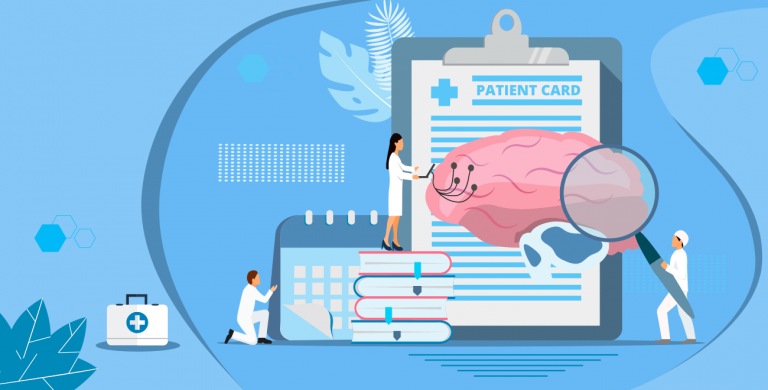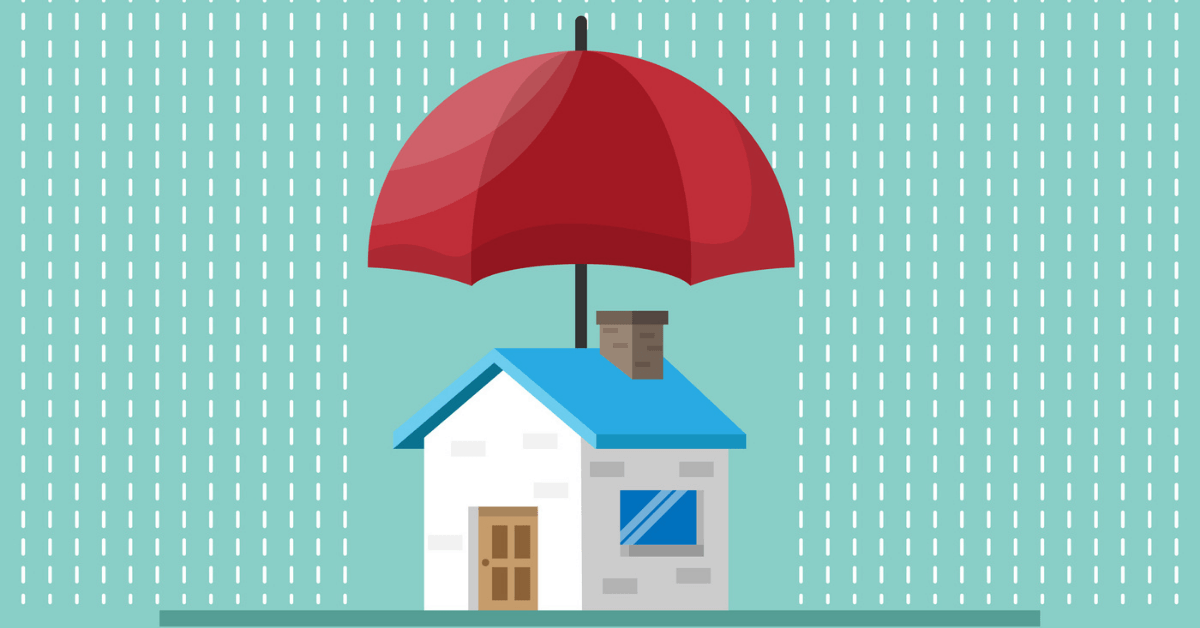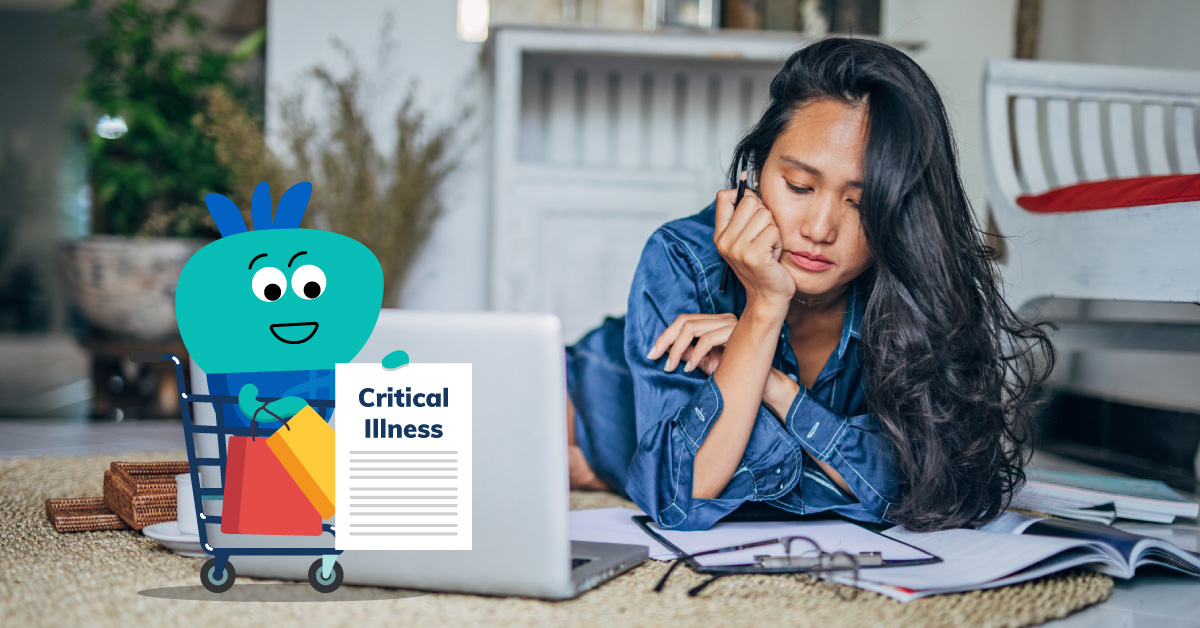The fourth most common cause of death and the leading cause of adult disability, stroke accounts for more than 10% of all deaths in Singapore.
by Tan Jia Hui
With prompt treatment, stroke does not have to be disabling or deadly. Possessing knowledge of how what actions to take can possibly help save a life and avoid potential complications when it strikes.
5 things to do when someone is having a stroke
1. Call 995 immediately
In stroke treatment, time is crucial. Brain cells die with every passing minute. If you notice a person displaying any signs of stroke, call 995 immediately instead of transporting the affected individual to the Accident and Emergency department on your own.
Dialling 995 not only ensures the prompt transportation of the person with stroke to the hospital. This call also triggers a chain of events. Trained paramedics will be able to identify the symptoms of stroke, administer life-saving treatment en-route to the hospital, and inform the emergency department so that appropriate immediate medical attention is available upon arrival.
2. Take note of when the symptoms started
Some of the most effective treatments for stroke can potentially reverse or stop symptoms from progressing. However, it has to be administered within 6 hours from the start of symptoms.
With an awareness of the time the symptoms started, the most appropriate and effective treatment can be determined.
3. Perform CPR if necessary
It has been observed that we may fall unconscious during a stroke. If consciousness is lost, check their pulse and breathing. If there is no pulse, start performing CPR immediately.
4. Do not give them food or drink
Avoid giving food or drink when you suspect someone is having a stroke. A stroke can cause general muscle weakness or even paralysis. This may result in swallowing difficulty, posing a risk of choking.
5. Do not give them any medication
Depending on the type of stroke, different types of treatment will be required. While a blood-thinning aspirin may help with ischaemic stroke, it may be detrimental for someone with a haemorrhagic stroke.
With no visible way of distinguishing the type of stroke a person is having, it is best not to administer medication as it could further complicate matters or worsen the condition.
Pre-existing medical conditions can significantly increase our risk of stroke.
Hypertension: The leading cause of stroke in Singapore, more than one in four who had a stroke had high blood pressure. When poorly managed, hypertension puts extra strain on our heart and blood vessels, leading to an increased risk of the formation of blood clot and narrowing of blood vessels.
High cholesterol: Too much cholesterol in our blood can lead to fatty buildup on artery walls, increasing our risk of ischaemic stroke.
Stroke or transient ischemic attack (TIA): Those who previously had stroke, TIA or heart attack have a higher risk of a stroke recurrence.
Diabetes: Excess sugar in our blood can lead to buildup of clots or fat deposits along our blood vessels, leading to an increased risk of stroke.
Heart conditions: Some heart conditions such as coronary artery disease may cause plaque buildup in our arteries, while heart valve defects, irregular heartbeat and enlarged heart chambers may cause blood clot that could break loose and block the flow of blood to our brains.
How to prevent a stroke?
While some risk factors of stroke such as age and family history are non-modifiable, there are many lifestyle habits we can adopt to significantly reduce our stroke risk.
Lower your blood pressure
High blood pressure is one of the top causes of stroke. If you have hypertension, make sure you follow these 7 steps to keep your blood pressure under control and reduce your stroke risk.
However, we may not always know that we have hypertension since it often does not show any symptoms. Hence, for those with normal blood pressure levels, it is recommended that we take a blood pressure reading at least once every 3 years.
Avoid smoking
It is commonly known that smoking is harmful to our bodies, including raising our risk of stroke. If you don’t smoke, don’t start. If you do smoke, get support and quit smoking today to reduce your stroke risk.
Take note of your heart health
If you have pre-existing heart conditions, make sure you consult your doctor and follow their advice to keep it under control, to reduce your risk of stroke.
Stay active
Exercising can help us lose weight and reduce the likelihood of us developing health conditions such as diabetes, hypertension and high cholesterol, which are risk factors of stroke.
You can start small by choosing to take stairs instead of the escalator and taking the longer route home. Doing a short 30-minutes workout at home, 5 days a week, can also help.
Limit your alcohol intake
Drink in moderation, or not at all. To prevent any health complications caused by excessive alcohol intake, ladies should limit themselves to 1 drink a day, while men should only have up to 2 drinks a day.
Adopt a healthy diet
Load up on fresh fruits and vegetables and cut down your intake of salt and trans and saturated fats, which can clog our arteries and raise blood pressure. Eating healthy can also help us shed some weight, further reducing our stroke risk.
Manage your diabetes
If you have diabetes, keep it under control with regular exercise, a healthy diet and medication prescribed by your doctor.
Watch your cholesterol levels
Exercising regularly and sticking to a healthy diet can help to reduce your cholesterol levels, but sometimes it may not be enough. Sometimes, doctors may prescribe medication to help keep your cholesterol in check.
Take your medication
For those with an existing health condition that raises your risk of stroke, make sure you follow your doctor’s advice and keep it under control. If you have had a stroke previously, make sure to take any medication your doctor prescribes to prevent another one.
Caring for a loved one post-stroke
Stroke recovery is a gradual process that can take several months to years. Starting rehabilitation therapy, including physio- and speech therapy, as soon as possible can be greatly beneficial in recovery. Learn about what to expect throughout the entire stroke recovery and rehabilitation process here.
Your doctor may also prescribe medications such as blood thinners post-stroke to reduce the chances of another stroke occurrence. These are usually long-term medications that need to be taken for life.
Besides professional medical care and rehabilitation therapy, familial support can go a long way in helping your loved ones regain independence and rediscover self-confidence.
At Tiq by Etiqa, we’re always looking for ways to help you be prepared for life’s surprises and inevitabilities, while empowering you to “Live Unlimited” and take control of your tomorrow. In our effort to do that, we have partnered with Homage, an award-winning personal care solution that combines curated and trained care professionals with smart technology. This article is contributed by Homage and first appeared here. All information is correct as at the date of publication on 6 April 2022.







